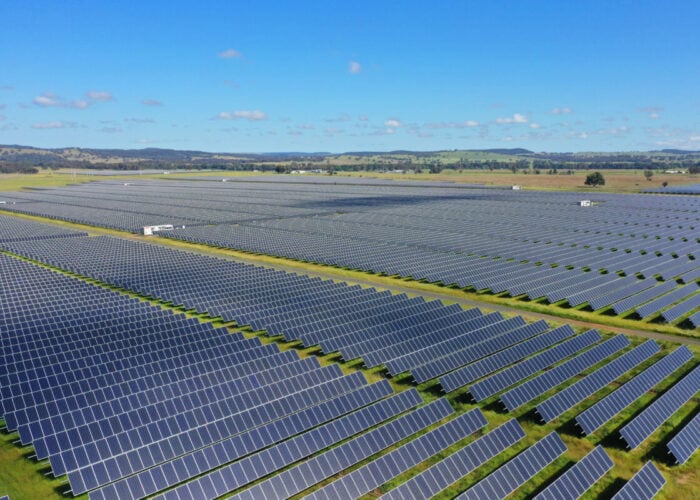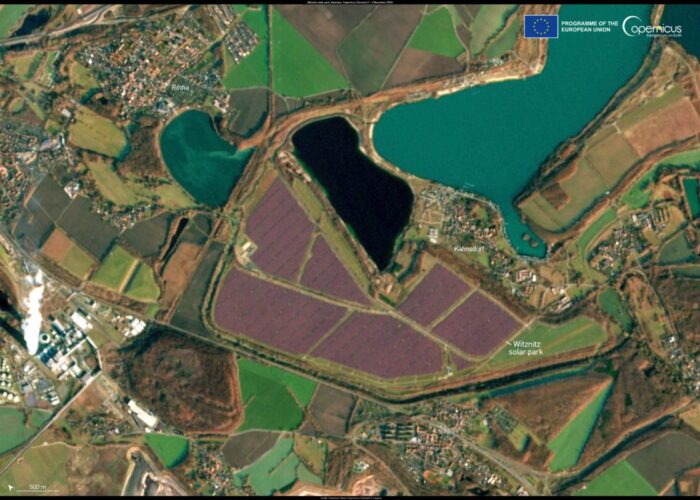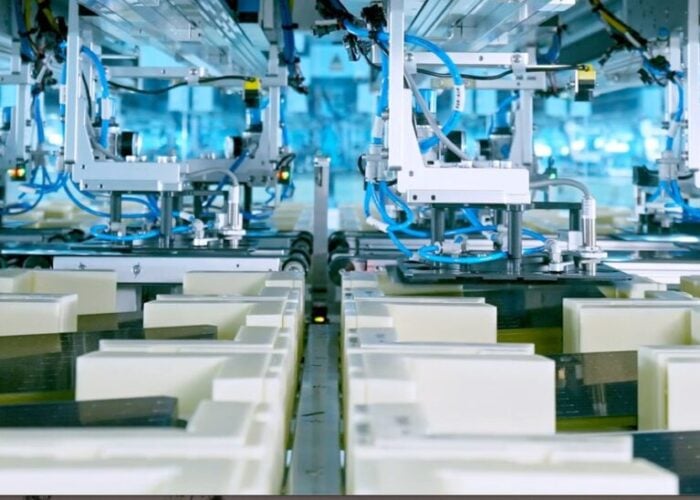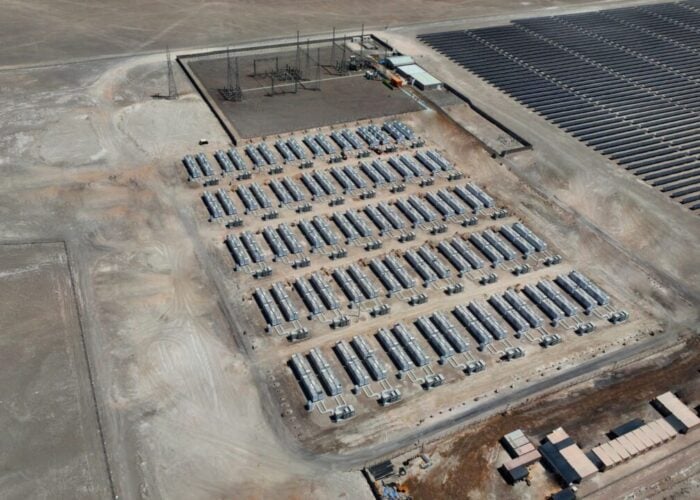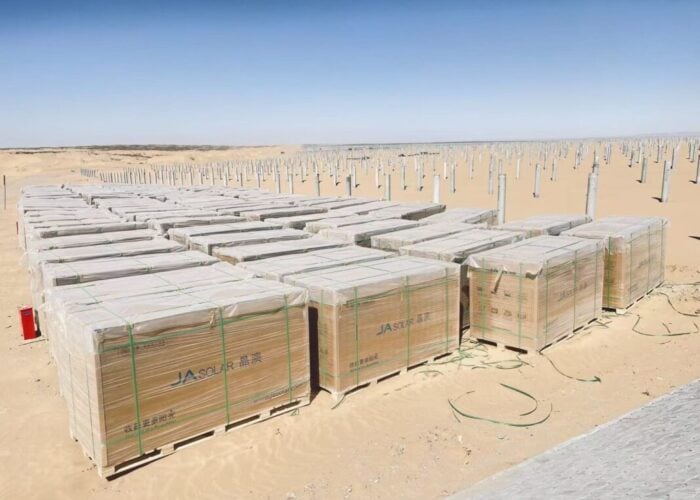India is the latest country to release details on its solar plans, involving rebates, incentives and tariffs. The country hopes that the Indian state of Gujarat will become a hub for solar power. The National Solar Mission aims for 100GW of renewable power by 2030 and 200GW by 2050.
New guidelines issued by the Central Electricity Regulatory Commission (CERC) for India released September 2009 show investments in renewable energy plants such as solar will get a pre-tax return of 19% per year for the first 10 years and 24% per year from year 11 onwards. This development is certainly a positive one for the renewable energy sector, particularly for a-Si thin film solar companies and FSLR, says Barclays Capital.
Unlock unlimited access for 12 whole months of distinctive global analysis
Photovoltaics International is now included.
- Regular insight and analysis of the industry’s biggest developments
- In-depth interviews with the industry’s leading figures
- Unlimited digital access to the PV Tech Power journal catalogue
- Unlimited digital access to the Photovoltaics International journal catalogue
- Access to more than 1,000 technical papers
- Discounts on Solar Media’s portfolio of events, in-person and virtual
Or continue reading this article for free
As part of this new development, the Indian government announced plans to offer a fixed rate of return of 19% -24% through higher tariffs for the renewable energy sector. The guaranteed rate of return is significantly higher than the 14% -16% guaranteed to investors in conventional power projects. State governments determine tariffs under the current program through negotiations with renewable energy owners and IRRs under current program are similar to IRRs for non-renewable energy resources. State electricity commissions will have to follow the new guidelines and calculate tariffs according to the CERC announcement.
However, in order to prevent companies from over-investing or over-declaring costs, CERC has announced cost targets for different technologies; the target for solar is 3.20/W (Rs.170/W). Given the low labor/installation costs, US$3.20/W system cost implies US$1.50-US$1.80/W module price.
Annual subsidy reductions will be calculated using a formula and would depend on assumptions of annual cost reductions every year. The new policy also entitles renewable energy users to claim 50% of the carbon credits from the sixth year onwards.

